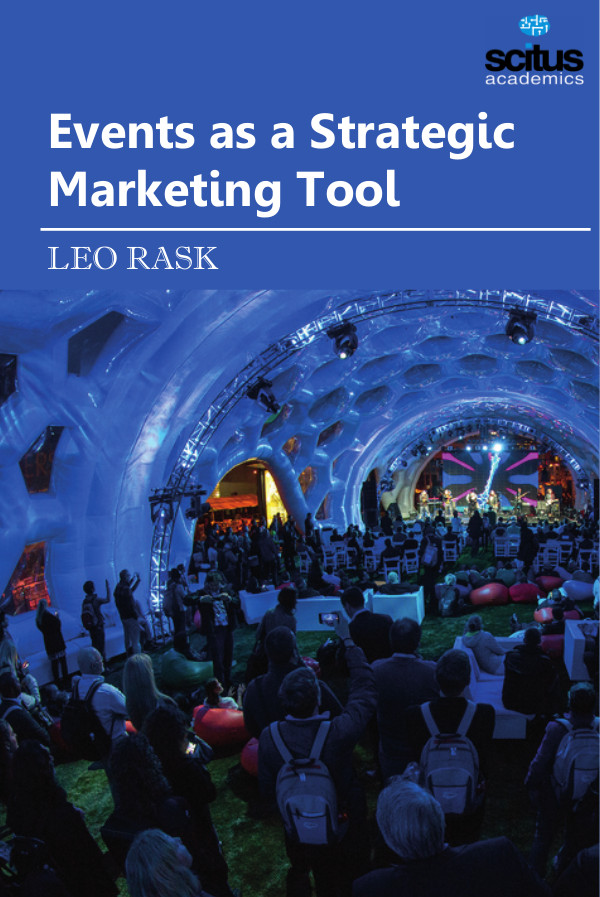Have you ever been tempted by a credit card company giving away free blankets or t-shirts at a football game in exchange for a credit card application? Have you been approached by a skimpily-dressed young woman offering samples of fruity alcohol at a local bar? Each of these unique experiences offers a glimpse at what twenty-first century event marketing can be. Experiences, encounters and events have come to play an ever-growing role in marketing as their impact is more fully understood. As a profession, however, event marketing is still a relatively new field, with most available literature covering practical project management rather than the strategy behind including events in a marketing campaign. The events industry now includes events of all sizes from the Olympics down to business breakfast meetings. Many industries, charitable organizations, and interest groups hold events in order to market themselves, build business relationships, raise money or celebrate achievement. Events are considered one of the strategic marketing and communication tools by companies of all sizes. From product launches to press conferences, companies create promotional events to help them communicate with clients and potential clients.
A number of elements such as music, live entertainment or even the particular venue may be used to influence the tone and atmosphere of an event. Event marketing strategies leave a lasting, brand-focused impression of fun by grabbing the attention of a group of people who are gathered together. If executed successfully, event marketing will provide each of them with an experience that will resonate in their minds. The book Event as a Strategic Marketing Tool describes how events can be used as a strategic tool in marketing practices. The book addresses the development of the experience economy, events, and event marketing. Subsequently, the book covers the various areas of marketing within which experiences play a role, such as branding, relationship marketing and city marketing.













